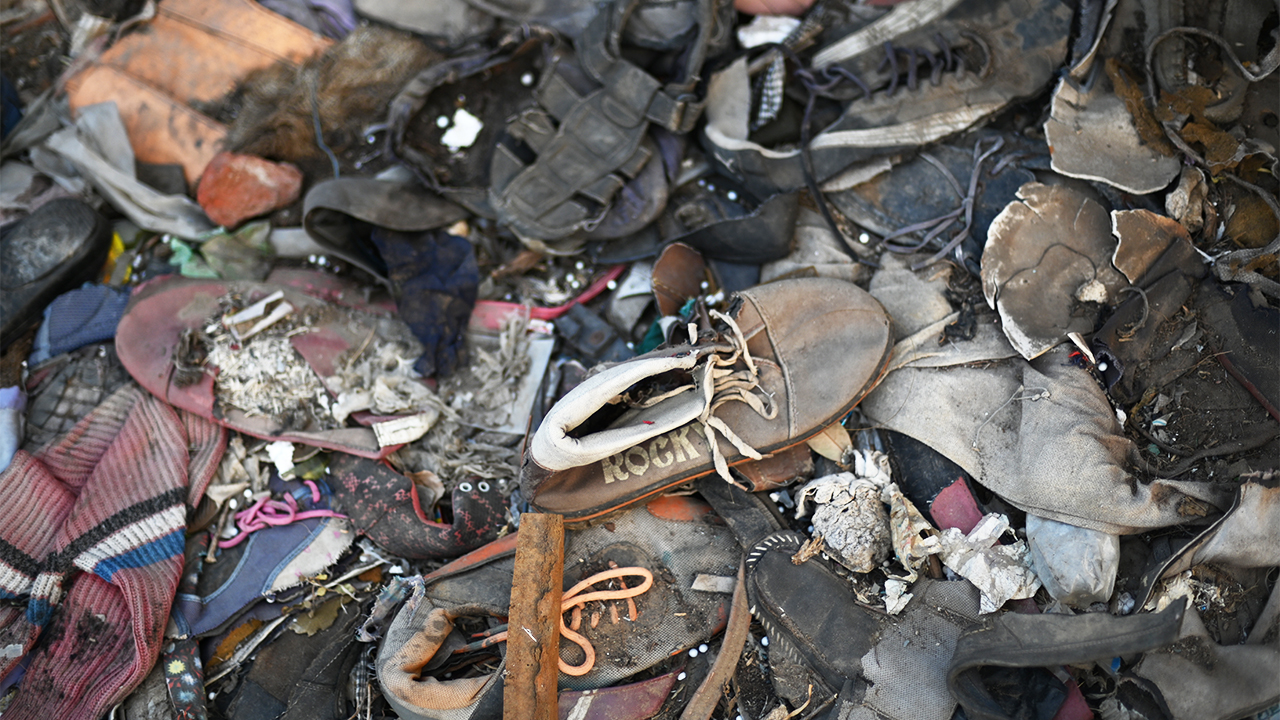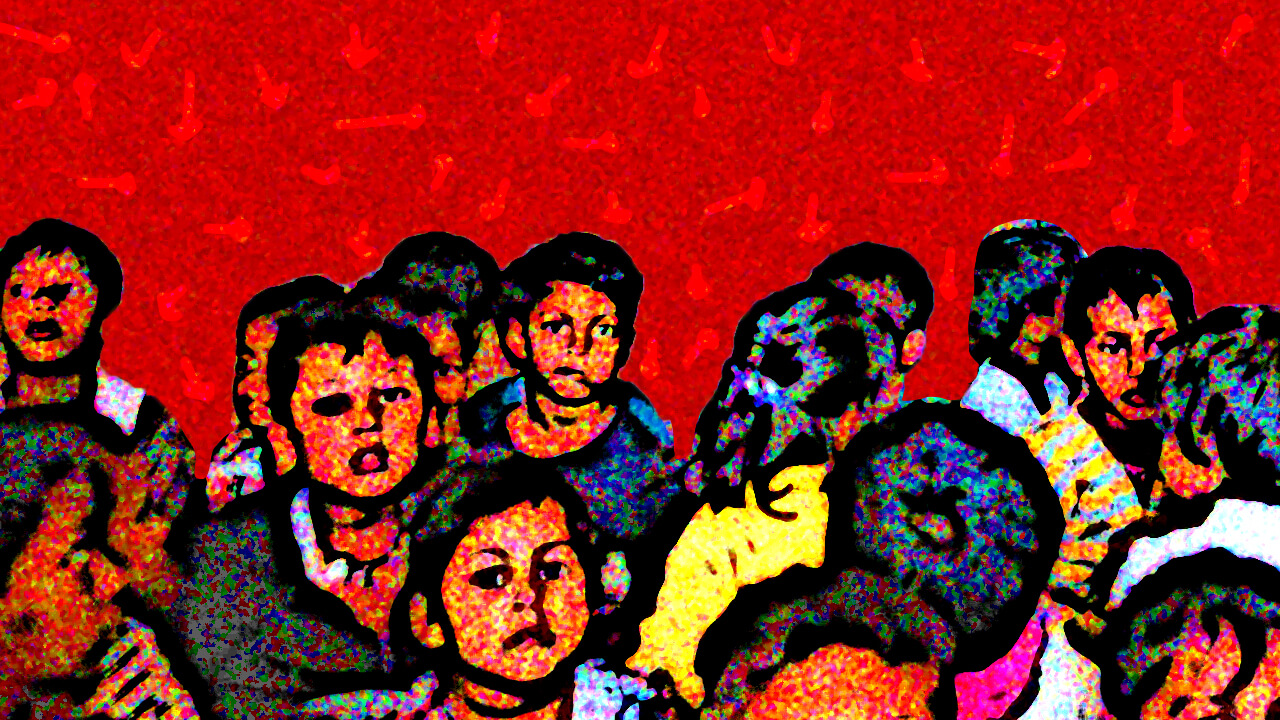admin
I help fin-tech digital product teams to create amazing experiences by crafting top-level UI/UX.

Looking beyond the current take-make-waste extractive industrial model, a circular economy aims to redefine growth, focusing on positive society-wide benefits. Underpinned by a transition to renewable energy sources, the circular model builds economic, natural, and social capital based on three principles: design out waste and pollution, keep products and materials in use, and regenerate natural systems.
In the Indian context, it implies not only design innovation and new technology but also, recovering traditions that are being increasingly forgotten. They could range from the ubiquitous neighbourhood cobbler to rafugaars (those who repair clothes), to women who use otherwise ‘useless’ parts of fruit and vegetables to cook. Most of all, the Circular Economy requires the middle class and above to simply have less and make it last more.
I help fin-tech digital product teams to create amazing experiences by crafting top-level UI/UX.

Training waste workers and households in composting to divert wet waste from landfills and abate methane emissions.

Read More

How environmental contamination is impacting our children’s future
Support our initiatives so that we can reach more and more people and provide our support to the needy
Click on the blue round button at the bottom right corner of this page. You can also email our support team at support@example.com

Chintan, meaning thought/reflection in Hindi, is an environmental research and action group.
Subscribe to get the latest news form us
© 2025 Chintan Environmental Research & Action Group